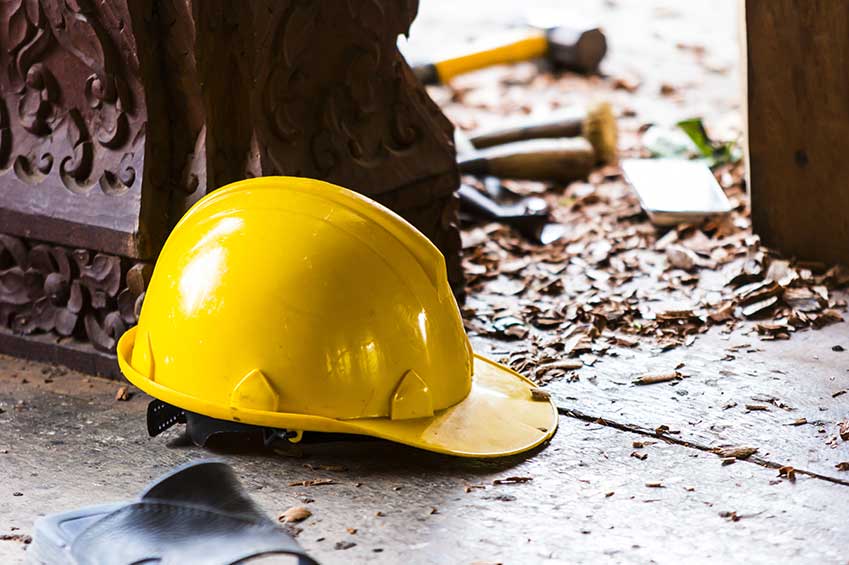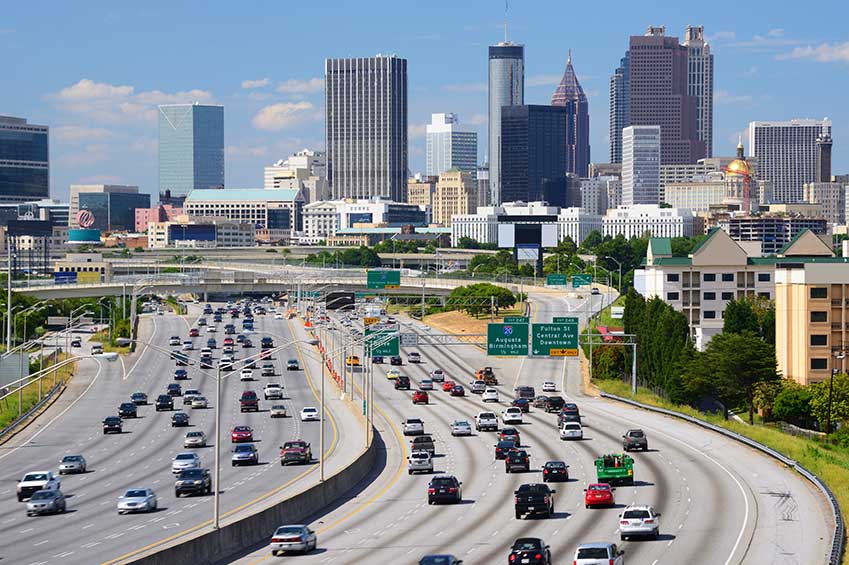
- September 20, 2017
- Attorney David Mann
- Workers' Compensation Workplace Accidents
Workplace safety is a critical component to any job. Some workplaces, such as construction sites, are inherently more dangerous than others, and as the times change, so does safety technology. However, the familiar hard hat has largely remained unchanged for 40 years. It’s essentially just a rigid shell with a brim and a suspended, adjustable headband attached on the inside. Seems as though an object meant to protect vital body parts such as the skull and the brain should be a little more complex. Perhaps that would have helped some of the approximately 1,000 construction workers who died between 2011 and 2015 due to brain injuries.
Most hard hats sit on the head without any additional parts to keep them secured. Think of how many ways that could potentially put a worker in danger on a construction site. Any type of fall, whether it be from something high off the ground, from a ladder, or from simply tripping over equipment, could easily cause the hat to come off. In some instances, workers have engineered their own fixes such as making chin straps to hold their hard hats in place. The industry is starting to pay attention, and the transition from hard hat to safety helmet is under way.
The movement began a few years ago when the National Institute for Occupational Safety and Health (NIOSH) decided it was time to review the protection offered by hard hats. Although the findings from this research have not yet been released, NIOSH isn’t the only one investigating hard hat alternatives/improvements. For example, a Maryland-based construction company worked a hard hat evaluation into its business plan, which led to KASK, an Italian manufacturer of helmets for athletes. KASK’s Zenith model meets the safety requirements of the consensus standard for construction headwear (ANSI Z89.1) and is also appropriate for workplaces with risks of electrical shock. These helmets offer a secure fit, a slot for earmuffs, and an optional, retractable visor that satisfies OSHA requirements for eye protection. Other models (and other manufacturers) offer other benefits.
Currently, most general contractors don’t require their subcontractors to use helmets, but the clear safety benefits over traditional hard hats are prompting some subcontractors to make the change. The cost is arguably the most major setback at the moment. Small builders and subcontractors, for example, might have trouble paying for this upgrade in head protection, since OSHA requires that safety equipment be made free to workers who will be wearing it. Hard hats that meet ANSI Z89.1 are less than $20 apiece, while the helmets run closer to $100, with an extra $50 for the visor. Expectations are that bulk discounts and manufacturer competition will make construction helmets more affordable. Any equipment that reduces the likelihood of debilitating injury or death is worth the cost. In cases of negligence, families often turn to a wrongful death lawyer to seek justice.
Going to work should not be a dangerous experience. If you are trying to put your life back together after a work-related accident, believe that someone else’s negligence caused you or a family member to suffer a work-related head injury, or if you have any questions about this topic, you can find out more by discussing it with one of the attorneys at The Mann Law Firm, who specialize as work injury lawyers. We have over 50 years of experience helping people, and we can help you. In addition to cases handled in Macon, we are prepared to handle claims on behalf of clients in Dublin, Warner Robins, Milledgeville and other Georgia communities. Contact us by calling (478) 742-3381 or by filling out our online form.



 Before leading his own firm, Mann served for several years as in-house defense counsel for a large insurance company, which gives him unique insight into how insurance companies work. He uses this critical knowledge as an advantage for his clients. He is a tough negotiator and litigator, and he is exceptionally strategic in building cases on behalf of personal injury victims.[
Before leading his own firm, Mann served for several years as in-house defense counsel for a large insurance company, which gives him unique insight into how insurance companies work. He uses this critical knowledge as an advantage for his clients. He is a tough negotiator and litigator, and he is exceptionally strategic in building cases on behalf of personal injury victims.[ 